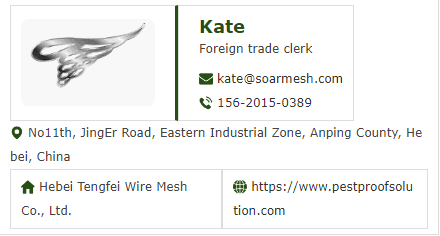An innovative system specifically engineered to deter birds from nesting under solar arrays, safeguarding the roof, wiring, and equipment from potential damage. Solar clips are recommended at intervals of 450mm (18 inches), with 2 clips along the short edge and 3 clips along the long edge. These clips securely fasten the mesh to the panels without the need for drilling holes or causing harm to the system.
This new product offers a fast, easy, and highly effective solution, simplifying the process of bird exclusion from solar panels. The non-penetrating design ensures quick and straightforward installation, while also allowing for easy removal when servicing is required.
Considering that a typical solar panel measures approximately 1.6m in height and 1m in width, it’s advised to use 3 clips along each long edge and 2 clips along each short edge for optimal coverage and protection.
To effectively bird-proof solar panels and prevent nesting pigeons, it’s essential to seal off all potential entry points beneath the panels without causing any damage that could void the warranty. Therefore, methods involving screws or glue to attach deterrents like mesh are not recommended.
One common approach involves using a kit containing PVC-coated wire mesh to enclose the perimeter of the panel array. This mesh is affixed using fastening rods that clip onto the L bracket of the panel’s underside frame and are securely tightened with fastening discs. While DIY options like chicken wire and zip ties are available, specifically designed clips offer a simpler, faster, and more secure installation process.
When selecting products, consider factors such as durability, ease of installation, and the security of fasteners. Mesh and fasteners should withstand UV exposure, with fastening rods penetrating the mesh to hook onto the frame securely. Ensure that fastening discs are resistant to sliding off in windy conditions or when subjected to pressure from nesting pigeons.
Prevents Bird Nesting: Solar panels, especially those installed on pitched roofs, create a gap between the roof slope and the panels’ raised aluminum frame, providing an inviting nesting area for pest birds. This sheltered space offers warmth and protection from the elements, particularly appealing during cooler seasons. Without bird-proofing measures, pigeons and rodents may inhabit these areas to build nests, leading to increased bird populations.
Prevents Damage and Fire Hazards: Bird nesting under panels can result in damage to inverter electrical wiring, posing both electrical and fire hazards. Additionally, the presence of birds around the panels during the day can lead to droppings accumulating on the panels, significantly reducing their efficiency. This accumulation can create potential fire risks and damage to the electrical components of the system.
Maintains Productivity and Output: In many domestic solar systems, particularly in Australia, conventional panels are connected in series and fed into a central inverter. This means that if one panel is shaded or covered with bird droppings, its output decreases, affecting the entire system’s performance. To ensure the system reaches its full potential, it’s crucial to keep all panels clean and free from bird droppings or debris, maximizing productivity and output.
Post time: Feb-22-2024



